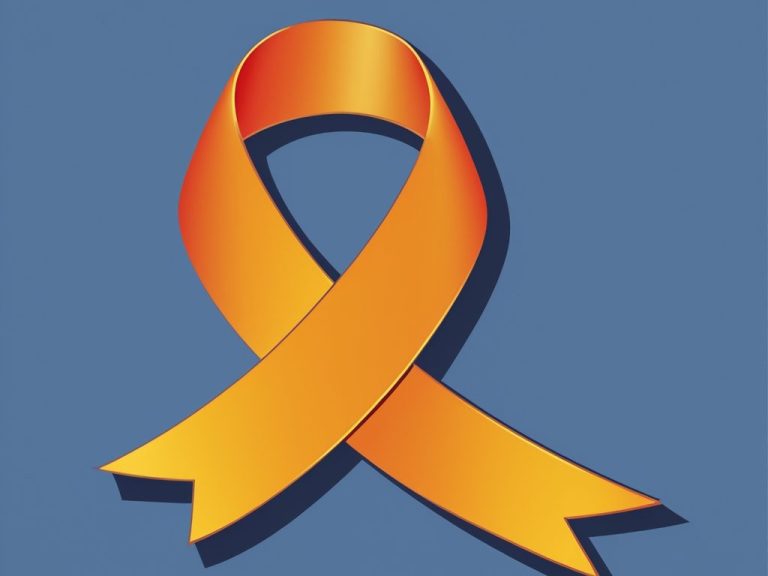
Child Hunger
Child hunger is a pressing issue that affects millions of children across the United States, and non-profit organizations play a vital role in addressing this crisis. These organizations work tirelessly to provide nutritious meals, raise awareness, and advocate for policy changes to ensure that every child has access to the food they need to thrive. By partnering with local communities, schools, and volunteers, non-profits create sustainable programs that not only alleviate immediate hunger but also promote long-term solutions, fostering a healthier future for our children. Together, we can help break the cycle of poverty and malnutrition, ensuring that no child goes to bed hungry.
In the United States, 1 in 8 households experiences food insecurity, which indicates that these families lack sufficient financial resources to purchase an adequate amount of food for all members of the household. As of 2022, approximately 7.3 million children resided in food-insecure homes, highlighting a significant public health issue that affects both children and adults across the nation.
Anti- Bullying
Types of Bullying
- Students ages 12-18 in grades 6-12 experienced various types of bullying, including:
- Having rumors spread about them (13%)
- Being made fun of, called names, or insulted (11.9%)
- Pushed, shoved, tripped, or spit on (4.9%)
- Being excluded from activities, social media, or communications (3.7%)
- Threatened with harm (3.3%)
- Having private information, photos, or videos purposely shared in a hurtful way (2.5%)
- Others tried to make them do things they did not want to do (2.5%)
- Property was destroyed on purpose (1.4%)

About 19.2% of students ages 12-18 enrolled in grades 6-12 experienced bullying nationwide during the 2021-2022 school year. This is lower than the prevalence of bullying at the beginning of the last decade, during the 2010-2011 school year (28%), and lower than the prevalence last measured by the School Crime Supplement during the 2018-2019 school year (22%). Among students ages 12-18 in grades 6-12 who reported being bullied at school during the school year, 21.6% were bullied online or by text.

Child Abuse
- Approximately 5 children die every day because of child abuse.
- 1 out of 3 girls and 1 out of 5 boys will be sexually abused before they reach age 18.
- 90% of child sexual abuse victims know the perpetrator in some way. 68% are abused by a family member.
- Most children become victims of abuse and neglect at 18 months or younger.
- In 2010, 1,537 children died of abuse or neglect. 79.4% were under the age of 4 and 47.7% were under the age of 1.
- Boys (48.5%) and girls (51.2%) become victims at nearly the same rate.
- 3.6 million cases of child abuse are reported every year in the U.S.
- Abused and neglected children are 11 times more likely to engage in criminal behavior as an adult.
- About 80% of 21-year-olds who were abused as children met criteria for at least one psychological disorder.
- 14% of all men and 36% of all women in prison were abused as children.
- Abused children are less likely to practice safe sex, putting them at greater risk for STDs. They’re also 25% more likely to experience teen pregnancy.
- For every incident of child abuse or neglect that’s reported, an estimated two incidents go unreported.
- Child abuse occurs across all socioeconomic levels, ethnic and cultural lines, and religions and education levels.
- Neglect, the most widespread form of child abuse, makes up more than 59% of abuse cases.
- Six in 10 children – or 400 million children – under 5 years of age regularly suffer physical punishment and/or psychological violence at the hands of parents and caregivers .
- Consequences of child maltreatment include impaired lifelong physical and mental health, and the social and occupational outcomes can ultimately slow a country's economic and social development.
- Child maltreatment is often hidden. Only a fraction of child victims of maltreatment ever get support from health professionals.
©Copyright. All rights reserved.
We need your consent to load the translations
We use a third-party service to translate the website content that may collect data about your activity. Please review the details in the privacy policy and accept the service to view the translations.